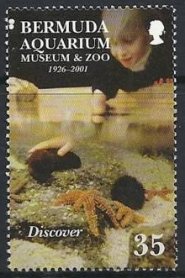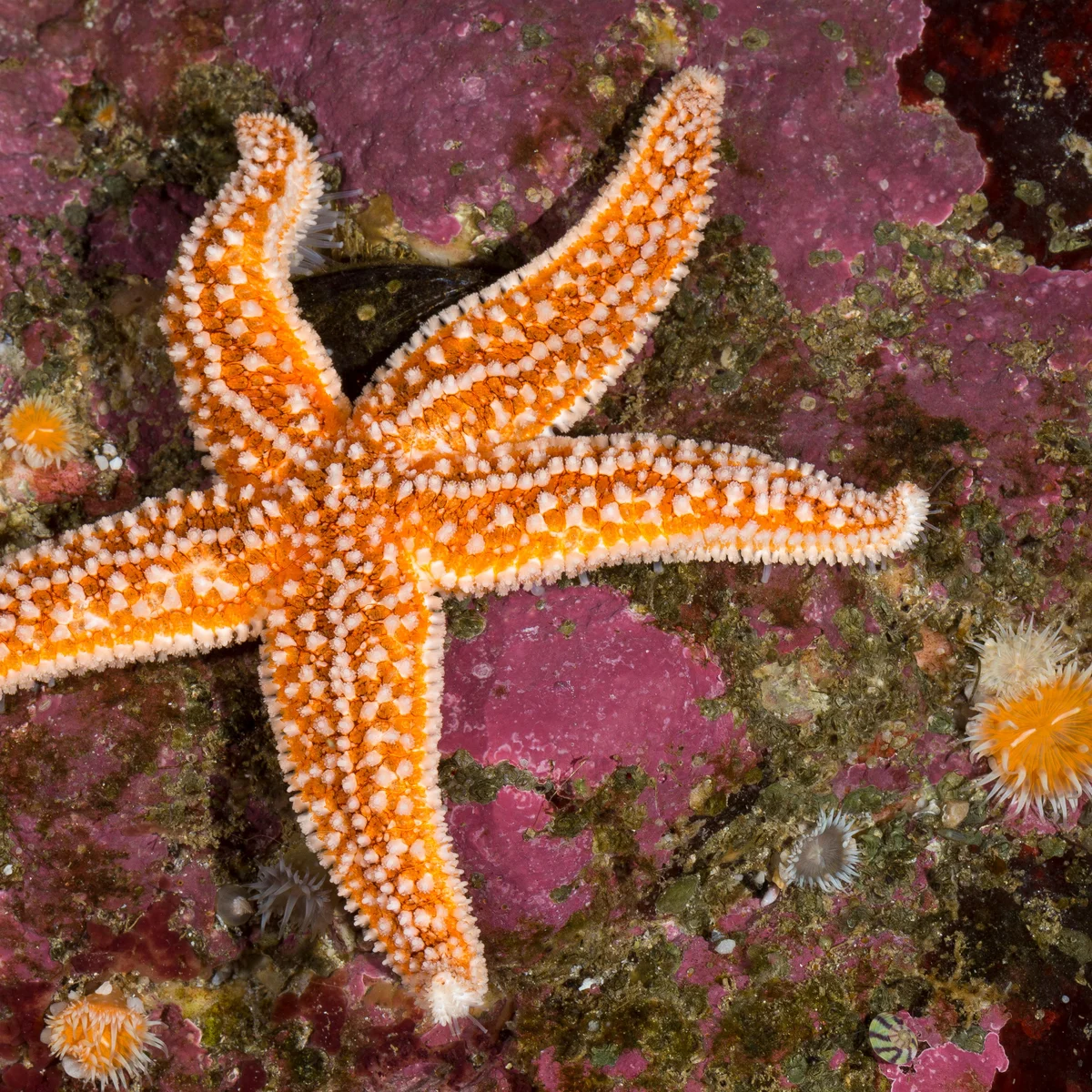Stamp: Child, sea urchins, starfish (Bermuda 2001)
Child, sea urchins, starfish (Bermuda 2001)
09 August (Bermuda ) within release Aquarium, Museum and Zoo, 75th Anniv. goes into circulation Stamp Child, sea urchins, starfish face value 35 Bermudian cent
| Stamp Child, sea urchins, starfish in catalogues | |
|---|---|
| Stamp Number: | Sn:BM 812 |
Stamp is square format.
Watermark 373Also in the issue Aquarium, Museum and Zoo, 75th Anniv.:
- Stamp - Child, sea urchins, starfish face value 35;
- Stamp - Child, museum display face value 50;
- Stamp - Child, tortoise face value 55;
- Stamp - Aquarium face value 70;
- Stamp - Diver in aquarium tank face value 80;
- Stamp - Turtle face value 95;
|
Data entry completed
53%
|
|
|---|---|
| Stamp Child, sea urchins, starfish in digits | |
| Country: | Bermuda |
| Date: | 2001-08-09 |
| Perforation: | 15 x 14 |
| Emission: | Commemorative |
| Format: | Stamp |
| Face Value: | 35 Bermudian cent |
Stamp Child, sea urchins, starfish it reflects the thematic directions:
Tourism is travel for pleasure or business; also the theory and practice of touring, the business of attracting, accommodating, and entertaining tourists, and the business of operating tours. Tourism may be international, or within the traveller's country. The World Tourism Organization defines tourism more generally, in terms which go "beyond the common perception of tourism as being limited to holiday activity only", as people "traveling to and staying in places outside their usual environment for not more than one consecutive year for leisure, business and other purposes". Tourism can be domestic or international, and international tourism has both incoming and outgoing implications on a country's balance of payments. Today, tourism is a major source of income for many countries, and affects the economy of both the source and host countries, in some cases being of vital importance.
Marine life, or sea life or ocean life, refers to the plants, animals and other organisms that live in the salt water of the sea or ocean, or the brackish water of coastal estuaries. At a fundamental level, marine life helps determine the very nature of our planet. Marine organisms produce much of the oxygen we breathe. Shorelines are in part shaped and protected by marine life, and some marine organisms even help create new land. Altogether there are 230,000 documented marine species, including over 16,000 species of fish, and it has been estimated that nearly two million marine species are yet to be documented. Marine species range in size from the microscopic, including plankton and phytoplankton which can be as small as 0.02 micrometres, to huge cetaceans (whales, dolphins and porpoises) which in the case of the blue whale reach up to 33 metres (109 feet) in length, being the largest known animal.
A museum (/mjuːˈziːəm/ mew-ZEE-əm) is an institution dedicated to displaying and/or preserving culturally or scientifically significant objects. Many museums have exhibitions of these objects on public display, and some have private collections that are used by researchers and specialists. Compared to a library, a museum hosts a much wider range of objects and usually focus around a specific theme such as the arts, science, natural history, local history, and other topics. Public museums that host exhibitions and interactive demonstrations are often considered to be tourist attractions, and many museums attract large numbers of visitors from outside their host country, with the most visited museums in the world regularly attracting millions of visitors annually.
Starfish or sea stars are star-shaped echinoderms belonging to the class Asteroidea Common usage frequently finds these names being also applied to ophiuroids, which are correctly referred to as brittle stars or basket stars. Starfish are also known as asteroids due to being in the class Asteroidea. About 1,900 species of starfish live on the seabed in all the world's oceans, from warm, tropical zones to frigid, polar regions. They are found from the intertidal zone down to abyssal depths, at 6,000 m (20,000 ft) below the surface.
Animals are multicellular, eukaryotic organisms of the kingdom Animalia (also called Metazoa). All animals are motile, meaning they can move spontaneously and independently, at some point in their lives. Their body plan eventually becomes fixed as they develop, although some undergo a process of metamorphosis later on in their lives. All animals are heterotrophs: they must ingest other organisms or their products for sustenance.





